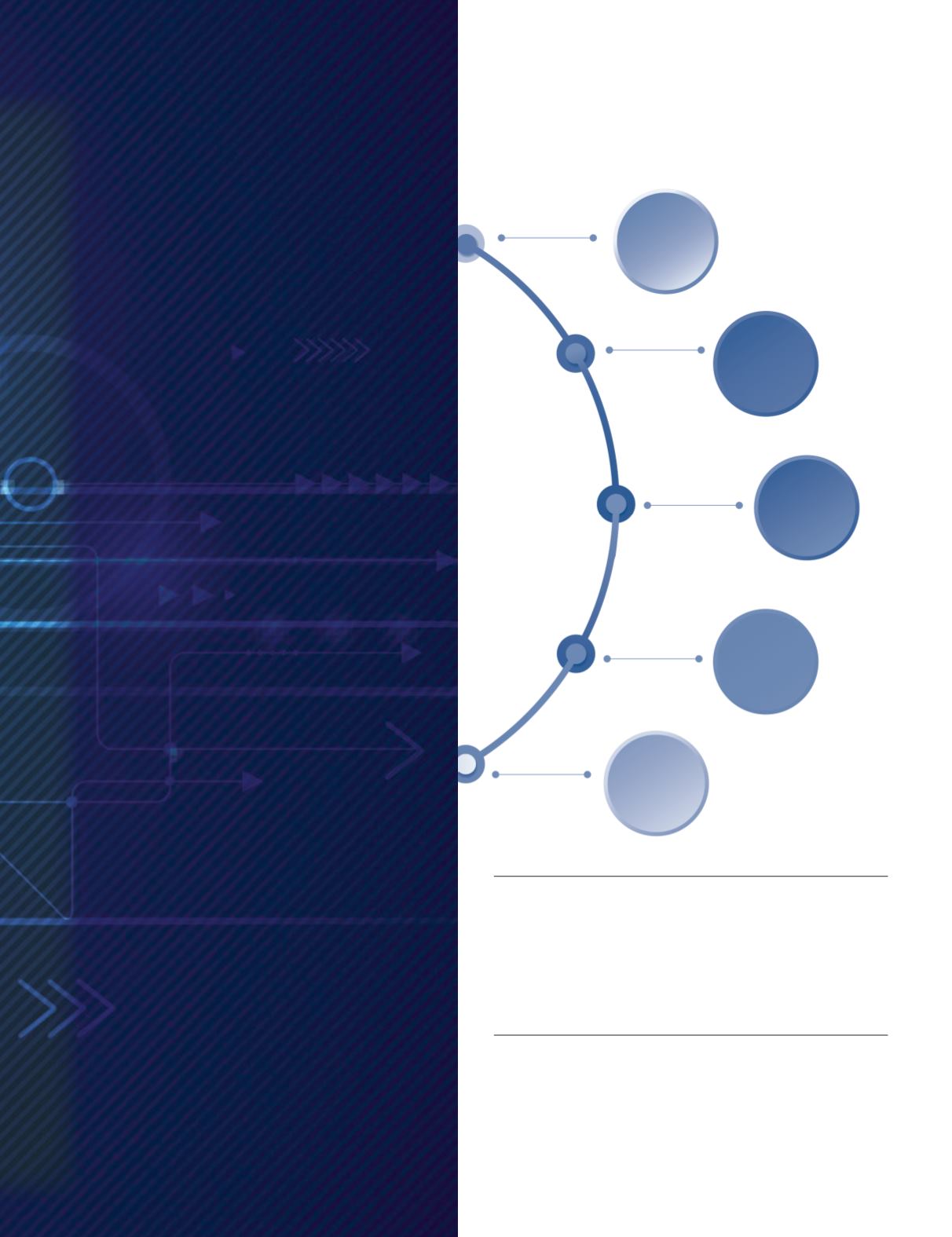
21
12000+
758
Searches executed in the
library’s eCollections of
digital magazines, news-
papers, and scholarly
journal articles
Physical items
borrowed from
the library
Searches in the
library’s digital
reference collection
3501
Favorite eBooks (times accessed)
A Concise History of the Haitian Revolution
1839
Oxford English Dictionary
745
Tropical Babylons
387
Favorite Research Guides (times accessed)
1950’s American Culture: Catcher in the Rye
1253
Atomic Bomb Conference
621
Encounters: Explicating Religious Work
339
20
At the end of the academic
year, the library purchased the
digital reference books most
consulted by SPS researchers
2000+
available to
the SPS community
Ohrstrom Library use
by the numbers
(Fall 2014)
“When a library moves into a digital space, it isn’t that
the library is nowhere, it’s that the library is
everywhere
,”
says Lura Sanborn, Ohrstrom’s reference and instruction
librarian and a 1995 graduate of the SPS Advanced
Studies Program. Sanborn, who has authored several
articles related to the evolution of digital library collec-
tions and the construction of digital libraries around
the country, has worked closely with SPS faculty and
students to measure current study habits while also
taking note of where that studying happens.
“This re-crafting of library space, often to a blended
academic space,” Sanborn continues, “is a larger trend
in higher education and private schools across the coun-
try. While change can be dramatic, evolution is good and
promises better use of institutional assets.”
In describing some of her research, Sanborn points to
recent patterns: The number of people visiting Ohrstrom
in the winter of 2015: 10,726. That’s down from 17,405
since the winter of the 2011–2012 academic year. The
door count for students visiting Ohrstrom from 2013–14
was 60,000; in the late ’90s to early aughts, a year’s worth
of visits was nearly double at 120,000. The number of
searches in Proquest, a system that St. Paul’s students
can use to gain access to thousands of digital assets,
doubled between 2013 and 2014, from 13,000 searches
to 26,000. Most staggering:
The School’s 548 students
borrowed just 758 physical items – combined – from
the library in the fall of 2014.
As a comparison, in
2000-01 Ohrstrom records show 23,093 physical items
circulated, an average of 7,700 per term – a 90 percent
drop in a decade and a half.
“The content and method of research services has
changed dramatically during the past eight years here,
driven largely by the proliferation of electronic research
tools,” says Kevin Barry, director of Ohrstrom Library.
“The future of digital initiatives places the user at the
focus point. Digital collections and services must be
structured logically around the user.”
Today, the user is more independent than ever. And
by Sanborn’s and Barry’s estimation, the future of
libraries is a future where print plays second fiddle,
however tragic it may seem to those of us who are
loyal print dinosaurs. It’s evident at places like Texas
BiblioTech, the nation’s first all-digital public library,
established in September of 2013, and Florida Poly-
technic, which unveiled a bookless, 11,000-square-foot
library in August of 2014. At the secondary education
level, Cushing Academy’s new Fisher-Watkins Library
houses a digital collection of 24 million items from
academic journals and eBooks, while Google continues
to make headlines for its Google Books Library Project,
partnering with several major libraries around the coun-
try to allow access to massive volumes of educational
materials and snippet previews at the push of button.
The question for St. Paul’s concerning places like Ohr-
strom, which finds itself in the midst of a physical and
philosophical crossroads, is: “What is a library today?”


